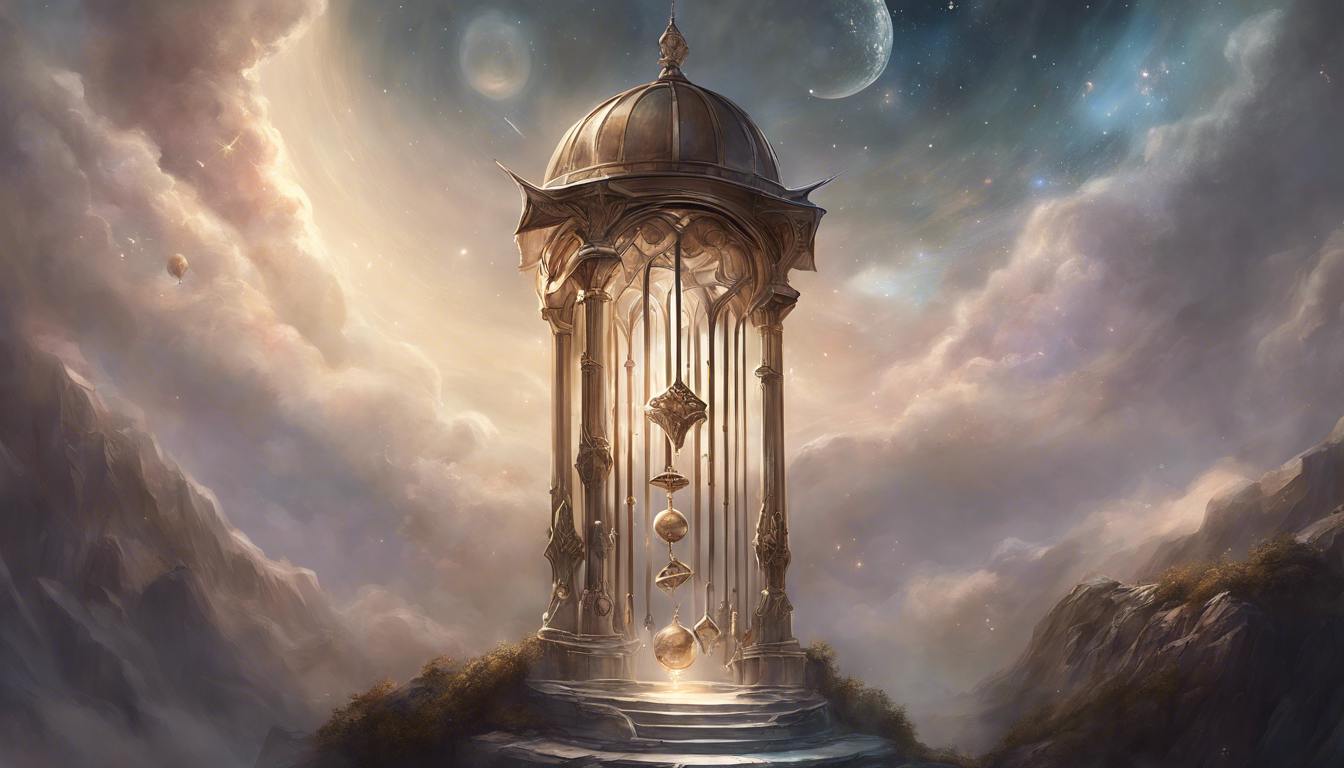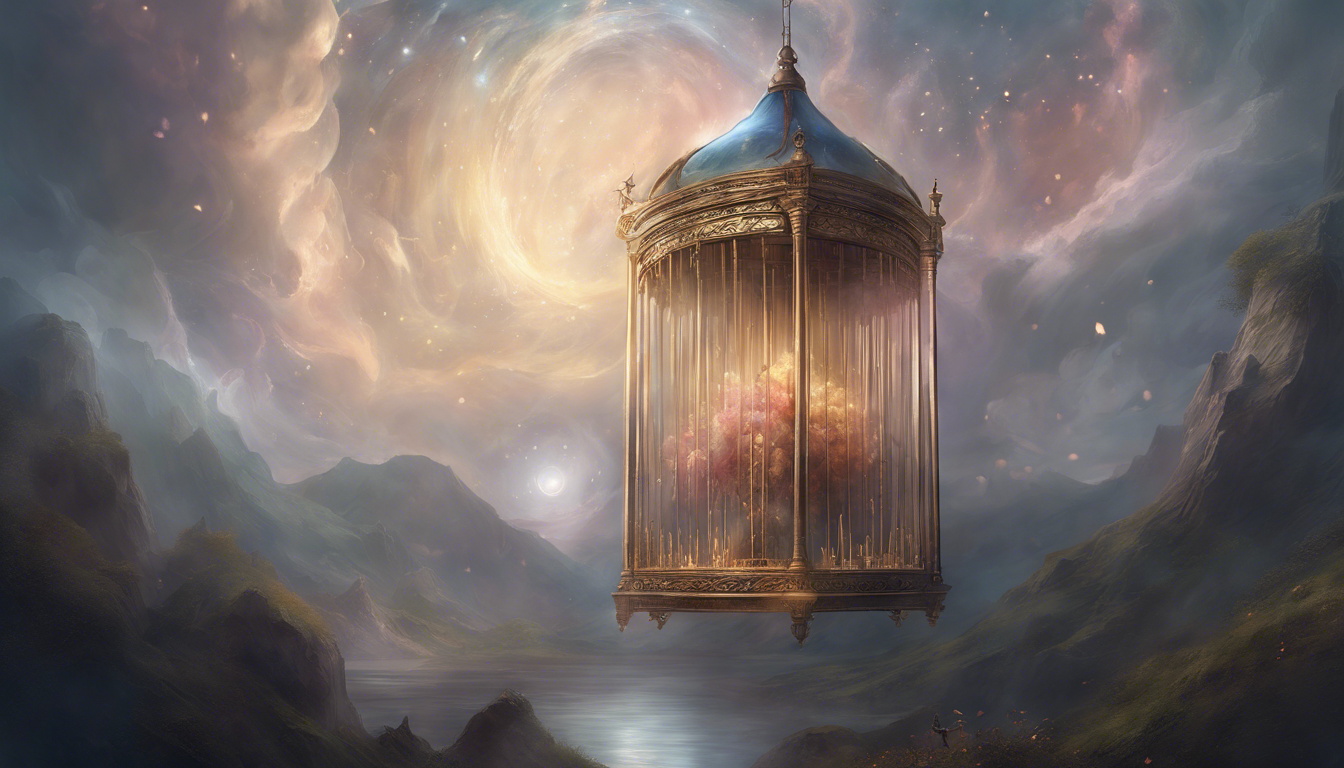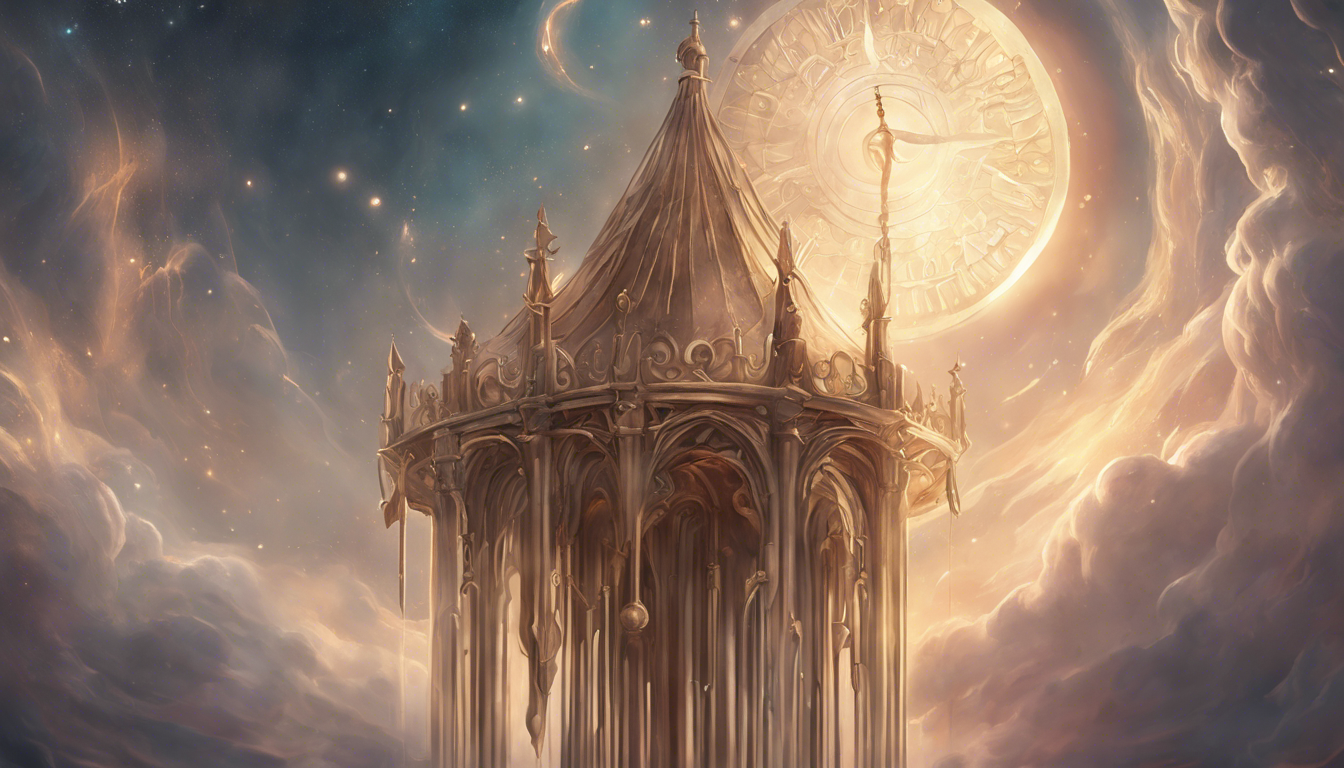Origin of Chimes
The Ancient Beginnings
Chimes, those melodic instruments that enhance our spaces with soothing sounds, have a fascinating origin that dates back to ancient times. One of the earliest known forms of chimes can be traced back to China, where they were initially used for spiritual and ceremonial purposes. The Chinese believed that the sound of chimes could ward off evil spirits and bring good luck and harmony to the environment.
Evolution Across Cultures
As time passed, chimes spread to various other cultures around the world, each imbuing them with their unique beliefs and symbolism. In Japan, wind chimes known as “Furin” are hung outside homes in the summer to cool the atmosphere and create a sense of tranquility. In the West, chimes are often used as decorative garden ornaments, adding a whimsical touch to outdoor spaces.
The Art of Making Chimes
The process of making chimes is a meticulous craft that requires precision and creativity. Different materials such as metal, wood, glass, and bamboo are used to create chimes of varying tones and textures. Skilled artisans carefully tune each chime to produce harmonious sounds that resonate with nature.
Modern Applications
Today, chimes are not only valued for their aesthetic appeal but also for their therapeutic benefits. The gentle sounds of chimes are used in sound therapy to promote relaxation and reduce stress. They are also increasingly incorporated into mindfulness practices and meditation techniques to create a peaceful ambiance.
The origin of chimes may be rooted in ancient traditions, but their relevance and popularity remain strong in the modern world. Whether used for spiritual rituals, decorative purposes, or holistic healing, chimes continue to enchant us with their enchanting melodies and timeless appeal.
Cultural Significance

Cultural Diversity
Cultural significance plays a vital role in the preservation and celebration of diverse traditions around the world. From ancient rituals to modern customs, every culture showcases a unique identity that contributes to the rich tapestry of global heritage. Embracing and respecting different cultural practices fosters a sense of unity and appreciation for the beauty of human diversity.
Historical Heritage
One of the key aspects of cultural significance is its connection to historical heritage. Through customs, language, art, and rituals passed down through generations, societies can maintain a link to their past and honor the experiences of their ancestors. Understanding the historical context of cultural practices provides insights into the values and beliefs that have shaped communities over time.
Artistic Expressions
Art and creativity are integral components of cultural significance. Various art forms such as music, dance, literature, and visual arts reflect the unique perspectives and emotions of different cultures. These artistic expressions not only entertain but also serve as powerful tools for storytelling, communication, and the preservation of collective memory.
Social Cohesion
The celebration of cultural significance brings people together and promotes social cohesion within communities. Festivals, ceremonies, and traditional events create opportunities for individuals to connect, share experiences, and reinforce their sense of belonging. By fostering a sense of unity and pride, cultural traditions strengthen social bonds and promote mutual understanding.
Global Awareness
In an increasingly interconnected world, understanding and appreciating the cultural significance of different traditions are essential for promoting global awareness and empathy. By learning about diverse cultures, individuals gain a broader perspective of the world, cultivate respect for others, and contribute to building a more inclusive and peaceful society.
Explore the world’s cultural significance and embrace the beauty of diversity!
Spiritual Interpretations

Spiritual Perspectives on Life
In the realm of spirituality, Spiritual Interpretations refer to the varied perspectives and insights that individuals hold regarding the nature of existence, purpose, and the interconnectedness of all living beings. These interpretations often draw from religious teachings, personal experiences, and philosophical reflections to offer a holistic view of life.
The Role of Beliefs and Values
Beliefs and values form the foundation of Spiritual Interpretations. They shape how individuals perceive the world around them and influence their choices and actions. Whether rooted in traditional faiths or modern spiritual practices, one’s beliefs and values play a significant role in shaping their spiritual outlook on life.
Spiritual Symbols and Practices
Many spiritual traditions incorporate symbols and practices to aid in the interpretation of spiritual concepts. From ancient symbols like the lotus flower representing enlightenment to meditative practices like yoga fostering inner peace, these elements serve as tools for deepening one’s spiritual understanding and connection.
Interconnectedness and Unity
One common thread among Spiritual Interpretations is the recognition of interconnectedness and unity among all beings. This fundamental principle emphasizes the idea that every individual, plant, animal, and element of nature is interconnected and part of a larger, universal whole.
The Quest for Meaning and Purpose
At the heart of Spiritual Interpretations lies the quest for meaning and purpose in life. Whether through prayer, meditation, or acts of service, individuals seek to understand their place in the world and find fulfillment in aligning with their deeper spiritual truths.
Modern Usage and Interpretations

Evolution of Spirituality in Modern Times
In today’s fast-paced world, spirituality plays an increasingly important role in people’s lives. The modern usage and interpretations of spirituality have evolved over time, encompassing a wide range of beliefs, practices, and experiences. From mindfulness and meditation to the search for inner peace and purpose, spirituality offers individuals a way to connect with something greater than themselves.
The Blend of Tradition and Innovation
Modern interpretations of spirituality often involve a blend of traditional wisdom and innovative practices. While some may turn to ancient texts and rituals for guidance, others seek out new ways to explore their spiritual path through technology and social media. This fusion of old and new allows individuals to create a personal approach to spirituality that resonates with them on a deep level.
Spirituality in Everyday Life
More and more people are integrating spirituality into their daily routines, finding ways to stay grounded and connected in the midst of the chaos of modern life. Whether it’s through yoga, nature walks, or simply taking a moment to breathe and reflect, individuals are discovering the power of spiritual practices to bring balance and harmony to their lives.
The Relevance of Spirituality in a Digital Age
Even in a digital age dominated by screens and devices, spirituality remains as relevant as ever. Online communities and virtual resources provide a platform for individuals to connect, learn, and grow spiritually. From virtual retreats to guided meditation apps, technology has opened up new avenues for exploring and deepening one’s spiritual journey.
Embracing Diversity and Inclusivity
As the world becomes increasingly interconnected, the modern understanding of spirituality emphasizes diversity and inclusivity. People from all walks of life and cultural backgrounds are coming together to share their spiritual experiences and learn from one another. This inclusivity not only enriches individual spiritual practices but also fosters a sense of unity and understanding among different communities.
In conclusion, the modern usage and interpretations of spirituality reflect a dynamic and evolving landscape that continues to inspire and uplift individuals in their quest for meaning and connection. By embracing tradition and innovation, integrating spirituality into everyday life, leveraging technology, and promoting diversity, spirituality remains a powerful force for personal growth and collective harmony in the modern world.


Article written by Dera
Greetings, I am Dera, a 35-year-old individual with a deep passion for spirituality. Through my website, I aim to share my insights and knowledge to help others on their spiritual journey. Join me on the path to inner peace and enlightenment.